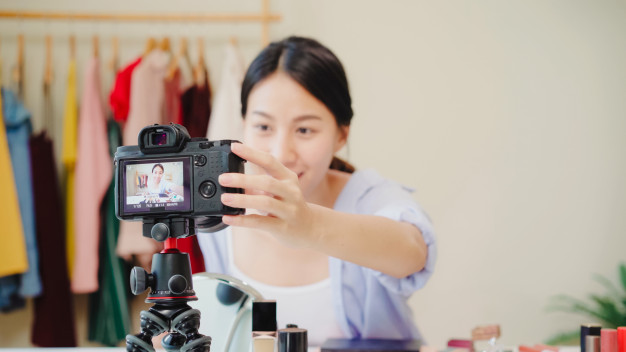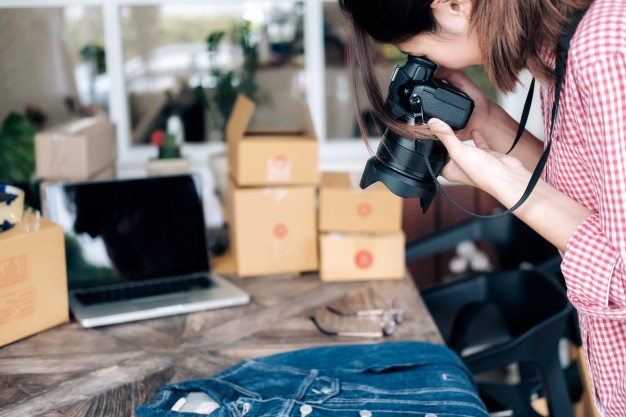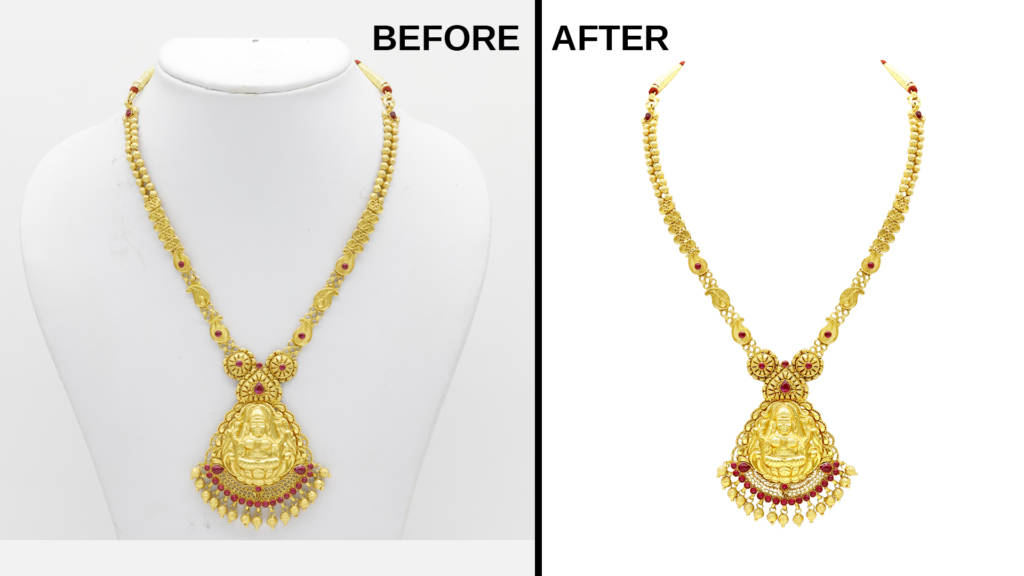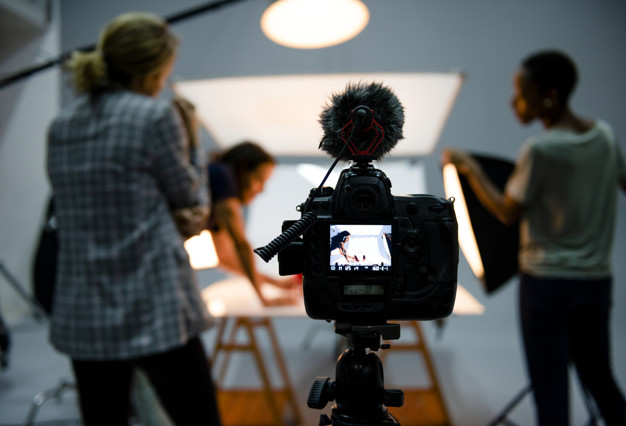Any brand’s product and its trustworthiness are quite dependent on its high-quality photographs showcased on the e-Commerce portal. Visual representation is of great value for any e-commerce business because beautiful product photography can speak a million words, even in the absence of written content. Although due to budget constraints, many time store owners prefer to DIY or product photography by untrained professionals. If your budget allows and your e-commerce portal has numerous products that have to be showcased with professional excellence, always hire a team of expert product photographers who can do justice to the photographs of the products through their resources and skills.
Image from the first impression on the visitor’s mind that can later change into the purchase or at least become a browsing option on the website. Images of the product should be engaging, boost the confidence of the customer in the branch in the branch, and finally should be able to convert the intentions into actual purchase. Good image photography makes the products look more attractive and enticing to the potential buyers so that after viewing the images finally purchase is made.
Product photography is part of both online and offline advertising in various forms such as catalogs, brochures, magazines, newspapers, billboards, online ads billboards, billboards, online ads and videos, and company websites.
There are certain steps required to bring about the exact kind of product photography that you long for:-
1) Plan your shoot

Act professional and better prepared with the materials needed during the shoot before proceeding with the actual shoot. Better be organized and collect all the material you will need for the shoot. If you are using live models, make sure you brief them properly before commencing the shoot.
Prepare a shot list beforehand as it keeps you updated during the shoot. Also, you may prepare a list of features that need to be highlighted like embroidery, embellishments, or other details of your photographs. If the photoshoot is about apparel photography, then you can include details like How the dress is to be worn, etc.
2) Set up your studio

Since consistency is key in product photography, it is essential to keep the appearance of the products similar and consistent from one-Shot to another and from one shoot to another shoot. Always record the position of your light stands, product, and camera so that you can have a similar setup again in the future if required in the product photography studio.
Make sure Studio has a DSLR camera, tripod stand, white backdrop, light source, and form board reflector for clicking the product photographs.
To ensure your safety against any accidental damage, it is recommended to get your studio accident-proof by not only getting the things insured but also by using gaffers tape, velcro, zip ties, sandbags, and clamps, etc. to avoid accidents caused by clustering at the workplace.
3) Style your product

Various types of dry herbs and spices.
In order to make the product look the best in their photographs, it is always recommended to get them prepared prior to the photography shoot by styling them in the beginning and in between the shots.
Remove tags from stickers for other visible labels and thoroughly scan the product for any damages that might have occurred in the transit — cleaning the products, repairing them if needed, and styling them before shooting is a must because otherwise, it will create a bad impression on the viewer’s mind.
If you are shooting for apparel on models or a mannequin, try to hire a professional stylist as they can get the higher-level quality shoots for your website, using various techniques such as any invisible mannequin, etc.
4) Capturing that perfect shot

After all these setups, capturing the actual shots becomes fairly simple. If you are an amateur in photography, try taking test shots with different camera settings, and then you can document your final settings specifications so that you can refer to them in the future.
If you are shooting with inanimate objects, you can directly shoot them from the computer, DSLR, or even the mobile phone. But if you are shooting with life models getting behind the camera lens is a must-do while shooting.
5) Image retouching

After capturing the images, it is time to process them before the final publishing on the website because these photographs facilitate online browsing of the products and result in ultimate conversion rates. The images should be of high quality and low bandwidth so that the pages downloading take less time without compromising with the picture resolution and quality. As consistency is the feature of product images, the photographer has to keep in mind various aspects of image editing such as keeping the same background, margin, shadowing, and alignment along with various other properties across the imageries.
Post-production retouching tasks can be broken into two phases batch and individual processing, which requires software assistance. So outsourcing the post-production task is quite an easy and time-saving option. The only challenge faced by outsourcing is maintaining the quality of the images as per the standard of your brand.
While choosing the correct outsourcing partner, check for their reviews and previous work, which can assure the quality of the work they would deliver. Make sure that the outsourced image editing partner can get into the skin in your specific requirements.
6) Review and publish
Always get your images reviewed before publishing them on the web portal, by another person, for being competent and in compliance with the technical specifications. After getting them edited in-house or through outsourcing, a fresh set of eyes of the third person can find out the flaws in the photographs which could be greatly beneficial to save your brand image
Final words
Creating the setup, making the preparation, documenting then, and running through your workflow it is always suggested. Thereafter have a quick look through every arrangement. Tweaks may be needed before actually clicking the product photographs. An effective photography workflow is not only about budget but also about learning and using the proper techniques.
As a professional product photographer, keep attention to all the new techniques and industry trends. Following them experiment with the subject and the settings in your stride to bring in the uniqueness. If you are product photograph eye-catching your online business is sure to flourish soon.
